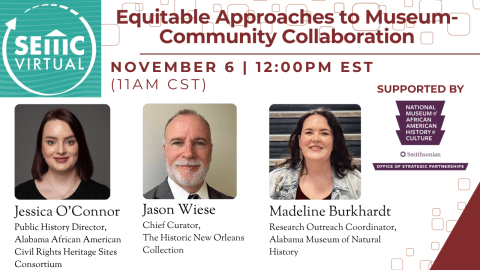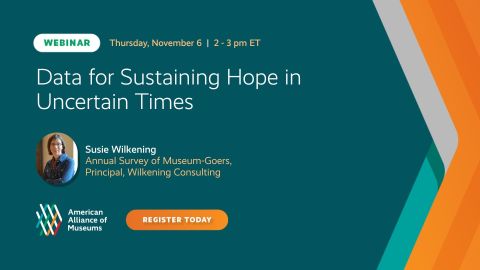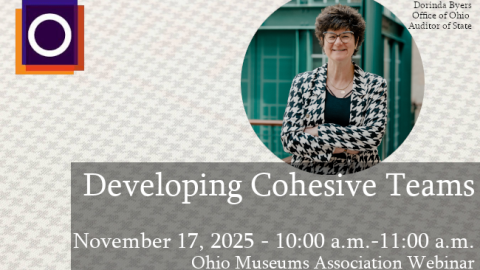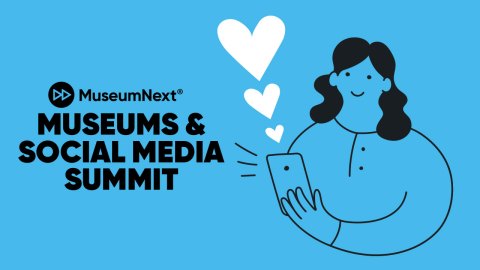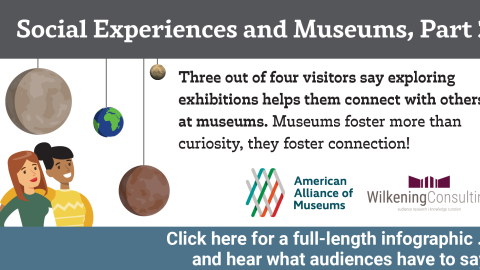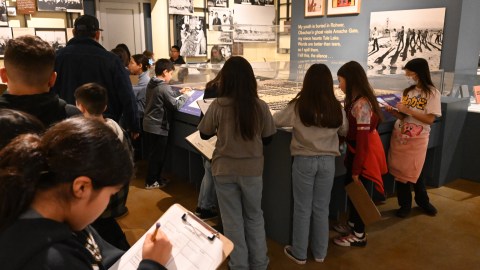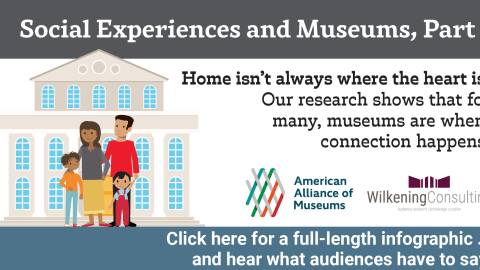This article originally appeared in the September/October 2021 issue of Museum magazine, a benefit of AAM membership.
Thanks to science and medical advances, humans are living longer than ever before and contributing in many new ways across our communities. The sad news is that as people age, they are often pushed to the margins of society and face worsening ageism. Age discrimination is compounded by other forms of oppression, inflicting disproportionate harm on communities already marginalized by our systems. Tackling this form of discrimination is an important dimension of our diversity, equity, accessibility, and inclusion (DEAI) work.
Combating ageism is of particular importance as the COVID-19 pandemic deprives older adults of activities that bring them joy and belonging. The physical isolation required for safety exacerbates social isolation, inflicting its own damage on physical and mental health. Extensive research shows the transformative effect that arts and culture engagement can have on health and aging, but we face a cruel paradox. As people age, they often have both more time and increased desire for creative outlets but fewer opportunities to meet these needs.
By 2035 in the United States, people over the age of 65 and children 17 and younger will constitute more than half of the country’s population. How could museums, and society, be transformed if elders’ learning was just as supported as that for schoolchildren? Museums could be the educational constant of American life, providing engaging, immersive, self-directed learning opportunities for the oldest as well as the youngest. In fact, spurring curiosity and lifelong learning—two museum superpowers—can increase our capacity for empathy and inclusive attitudes. This can posit museums as the social glue of our increasingly fragmented society, building connections between generations and fostering greater inclusion for all our communities.
In 2018, AAM and Aroha Philanthropies launched an innovative partnership to encourage museums to tackle this challenge on two levels. As trusted and influential institutions, museums can combat ageism and promote a healthy change in societal attitudes toward aging. Turning that lens inward, museums can improve their own intergenerational competency and identify what they can do to serve the overlooked needs of the oldest segments of their communities.
Over the past year, even as they had to close to the public, museums across the country rose to the challenge, providing respite, relief, and sources of connection for older adults. At the leading edge of this effort were 20 museums already engaging older adults through creative aging workshops. With funding from Aroha Philanthropies and training provided by Lifetime Arts, these museums, participants in the Seeding Vitality Arts in Museums (SVA) program, were providing high-quality, intensive arts programming to people over the age of 55. As the pandemic prevented in-person interactions, educators at the SVA museums reached out by phone, email, and Zoom meetings to provide social connection and meaningful experiences to a segment of the public that has been disproportionately harmed by the COVID-19 crisis.
In this issue of Museum magazine, you will read about some of these creative aging programs, recounted by the museum professionals providing them. I encourage you to join their movement and change the narrative of what it means to grow old in America.
7/16/21

